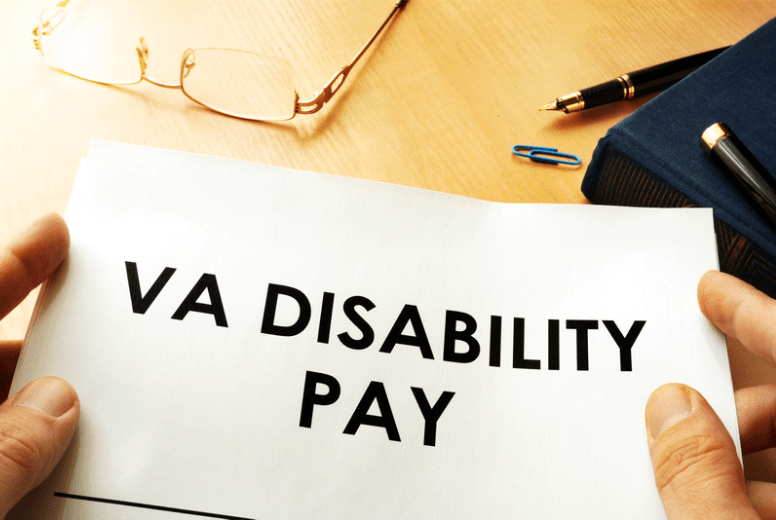On Friday, the Federal Register published a new rule about exposure to Agent Orange during the Vietnam War and “transient” peripheral neuropathy. The rule is based on the National Academy of Science (NAS) Institute of Medication update report for 2010, which is the latest in a series of reports mandated by Congress via the 1991 Agent Orange (AO) Act.
The VA previously recognized a presumption that peripheral neuropathy (PN) was at least as likely as not associated with exposure to Agent Orange if the PN manifested itself within weeks or months after exposure and resolved within two years after exposure. This was “transient” PN. Now, the VA will extend the presumption to PN that manifests itself to a compensable degree – i.e., 10%, within one year after the last exposure. Furthermore, if the PN (that manifests within a year of exposure), does not resolve within two years, then the VA will still presume it is associated with exposure to Agent Orange.
Limits of the VA’s Peripheral Neuropathy Rule for Veterans
The rule is a step in the right direction, but is limited. There was a lot of discussion about delayed onset peripheral neuropathy, conflicting medical research, the standard which the 1991 AO Act established, and effective dates under the Nehmer Ruling. Our office receives many, many calls from Vietnam Veterans who suffer from delayed onset peripheral neuropathy that is unexplained, meaning that the treating physician and the medical community in general do not yet know what is causing it. An argument was made during the comment period that in the absence of any other explanation, the most likely cause of delayed onset PN is exposure to AO. There is some evidence supporting this position from studies of workers in industrial settings – i.e., factory workers who were exposed to the same carcinogen found in AO. The VA argued that the NAS update did not provide the “positive” relationship needed to support such a rule. (A “positive relationship” is the standard in the AO Act.) Arguments were made that the NAS simply got it wrong – that evidence does show a positive relationship between exposure and delayed onset. The VA argued that the NAS update is the authority with respect to making rules about presumptions for service connection and AO exposure.
The conclusion one can draw from the arguments is this: delayed onset PN will not receive a presumption for service connection until the NAS update says so, or the NAS provides a stronger opinion about the relationship between AO and delayed onset PN. That is unlikely to happen anytime soon, and the window of opportunity is closing for epidemiological studies based on Vietnam Veterans due to the age and death rate of that generation.
It is tragic that medical evidence of long term effects from exposure to AO develops too many years after the exposure to help many of the veterans. It is part of the legacy of the Vietnam War, and one from which we have perhaps learned something. Research into the effects of exposure to toxins in the SWA Theater of Operations began much earlier than research into effects of AO relative to the respective dates of combat operations. The AO Act was almost 20 years after the end of the Vietnam War, but presumptive service connection for Gulf War syndrome unexplained illnesses came more quickly. This is good, but it is saddening that it took mistakes from the Vietnam War to help make the changes.
Evidence You Have a Service Connected Condition: We Can Help
The new peripheral neuropathy rule is just one of many complex rules and standards that vets and their families have to try to navigate when applying for veterans disability benefits. This is where we come in: our veterans disability compensation advocates are familiar with the rules and the evidence needed to prove service-connected disability. And we’re happy to evaluate your case for free.

How to Speed Up Your VA Disability Claim
How to Speed Up Your VA Disability Claim The VA says that in January of 2024, the average time for...

How to Apply for VA Disability Compensation
It's one thing to know how to apply for VA disability compensation. It's another to understand the...

What is the VA DBQ?
What is the VA DBQ? A VA Disability Benefits Questionnaire (DBQ) is a form used to convey...





